Pet Supplies

Holidaying with Pets: What Are the Legal Rules ...
Travelling with pets is no longer a niche pursuit. In fact, a 2023 Animal Medicines Australia report found that nearly 30% of Australian pet owners took their pet on a...
Holidaying with Pets: What Are the Legal Rules ...
Travelling with pets is no longer a niche pursuit. In fact, a 2023 Animal Medicines Australia report found that nearly 30% of Australian pet owners took their pet on a holiday in the past two years . The rise of pet-friendly accommodation, dedicated dog beaches, and specialist travel agents is making it easier than ever for families to include their four-legged members in their plans.
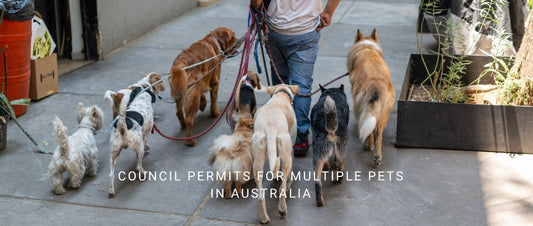
Council Permits for Multiple Pets: How Many Dog...
Australia is a nation of pet lovers. In fact, Australia consistently ranks among the countries with the highest pet ownership rates globally—over 69% of households now have at least one...
Council Permits for Multiple Pets: How Many Dog...
Australia is a nation of pet lovers. In fact, Australia consistently ranks among the countries with the highest pet ownership rates globally—over 69% of households now have at least one pet, and the trend towards multi-pet households is growing rapidly . For many, owning multiple cats or dogs isn’t just a choice—it’s a lifestyle. Whether it’s rescuing strays, fostering for a local animal charity, or simply having a passion for animal companionship, more and more Australians are seeking to expand their furry families.
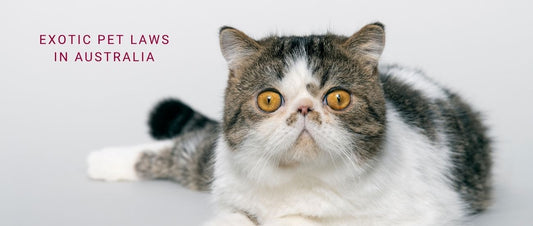
Exotic Pet Laws in Australia: Legal Requirement...
Australia is a country defined by its unique wildlife and its determined efforts to protect that biodiversity. In this context, the idea of owning an exotic pet—an animal that is...
Exotic Pet Laws in Australia: Legal Requirement...
Australia is a country defined by its unique wildlife and its determined efforts to protect that biodiversity. In this context, the idea of owning an exotic pet—an animal that is neither native to Australia nor commonly domesticated—raises a fascinating blend of opportunity and responsibility. While the allure of an unusual companion such as a snake, ferret, or tarantula may be strong, the legal and ethical landscape in Australia is complex, and the risks for both animals and owners are significant.

Australian Pet Burial and Cremation Laws: What ...
The death of a beloved pet is a profound loss for many Australian households. Pets have become cherished family members, and their passing is met with the same gravity and...
Australian Pet Burial and Cremation Laws: What ...
The death of a beloved pet is a profound loss for many Australian households. Pets have become cherished family members, and their passing is met with the same gravity and emotion as the loss of any close companion. As society’s attitude towards animals evolves, so too does our approach to their aftercare. While Australians are increasingly seeking dignified, meaningful farewells for their pets, many remain unaware of the specific laws that govern pet burial and cremation across the country.

Restricted and Banned Cat Breeds in Australia: ...
Australia is renowned for its unique biodiversity and strict approach to protecting native species. These environmental priorities are reflected in some of the world’s most comprehensive and complex pet laws....
Restricted and Banned Cat Breeds in Australia: ...
Australia is renowned for its unique biodiversity and strict approach to protecting native species. These environmental priorities are reflected in some of the world’s most comprehensive and complex pet laws. While many Australians are familiar with dog breed restrictions, fewer realise that a range of cat breeds are either banned or strictly controlled at various government levels.

Pet Insurance and the Law: What Legal Protectio...
The landscape of pet ownership in Australia has undergone a remarkable transformation over the past two decades. Today, pets are widely seen as members of the family, not just companions....
Pet Insurance and the Law: What Legal Protectio...
The landscape of pet ownership in Australia has undergone a remarkable transformation over the past two decades. Today, pets are widely seen as members of the family, not just companions. This shift has brought about major changes in the way Australians approach pet care—especially when it comes to managing the costs of veterinary treatment.
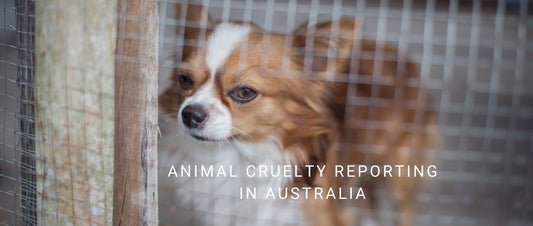
Animal Cruelty Reporting in Australia: How to R...
Australia is a nation known for its unique wildlife and deep affection for companion animals. Yet, despite our reputation as animal lovers, thousands of animals suffer neglect, abuse, and cruelty...
Animal Cruelty Reporting in Australia: How to R...
Australia is a nation known for its unique wildlife and deep affection for companion animals. Yet, despite our reputation as animal lovers, thousands of animals suffer neglect, abuse, and cruelty each year—often hidden from public view. For pet owners, professionals, and compassionate members of the public, knowing how to recognise and legally report suspected animal cruelty is not just a moral duty but a social responsibility enshrined in law.
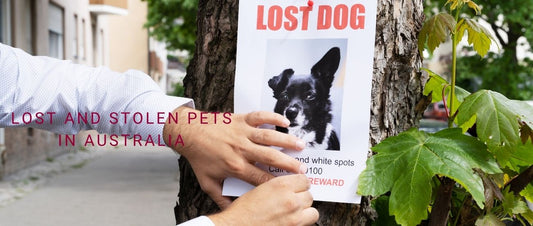
Lost and Stolen Pets: Your Legal Rights and Ste...
Owning a pet is a cherished part of life for millions of Australians. Yet, few experiences are as distressing as the sudden disappearance of a beloved companion. Whether a pet...
Lost and Stolen Pets: Your Legal Rights and Ste...
Owning a pet is a cherished part of life for millions of Australians. Yet, few experiences are as distressing as the sudden disappearance of a beloved companion. Whether a pet has simply wandered away or is suspected to have been stolen, the uncertainty can be overwhelming. In these critical moments, knowing your legal rights and practical responsibilities is not only reassuring but essential for maximising your chances of being reunited with your pet.
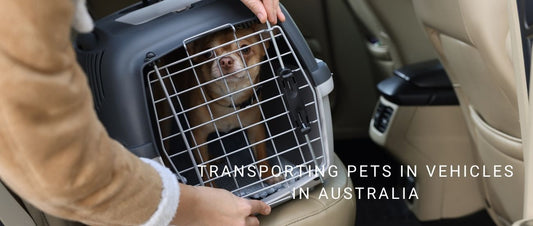
Transporting Pets in Vehicles: Legal Rules and ...
Australians are renowned animal lovers, and pets often accompany their families on trips ranging from routine errands to cross-country holidays. However, the act of transporting pets in vehicles is subject...
Transporting Pets in Vehicles: Legal Rules and ...
Australians are renowned animal lovers, and pets often accompany their families on trips ranging from routine errands to cross-country holidays. However, the act of transporting pets in vehicles is subject to a complex web of national, state, and local regulations. Understanding these rules is not only a matter of legal compliance but essential for the wellbeing of your pets—and for everyone sharing the road.

Pet Euthanasia Laws in Australia: Understanding...
Deciding to euthanize a beloved pet is among the most difficult decisions an Australian pet owner may face. It is a choice that not only carries emotional weight but is...
Pet Euthanasia Laws in Australia: Understanding...
Deciding to euthanize a beloved pet is among the most difficult decisions an Australian pet owner may face. It is a choice that not only carries emotional weight but is also subject to a complex legal and ethical framework designed to protect both animals and humans. Australia’s pet euthanasia laws are intended to ensure that any act of ending an animal’s life is carried out humanely, with respect, and according to strict professional and legal standards.
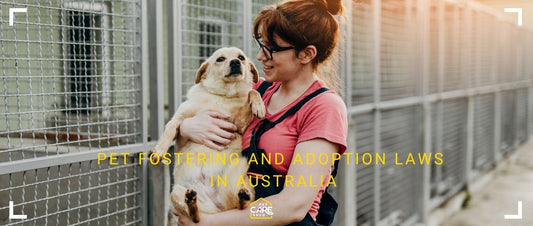
Pet Fostering and Adoption Laws in Australia: W...
Welcoming a pet into your home, whether through fostering or adoption, is a deeply rewarding experience. For many Australians, opening their hearts and homes to animals in need is both...
Pet Fostering and Adoption Laws in Australia: W...
Welcoming a pet into your home, whether through fostering or adoption, is a deeply rewarding experience. For many Australians, opening their hearts and homes to animals in need is both a personal commitment and a community service. However, this act of kindness is not without its legal obligations. Understanding the legal landscape is essential—not only to protect yourself and your family, but to ensure the welfare and rights of the animals in your care.
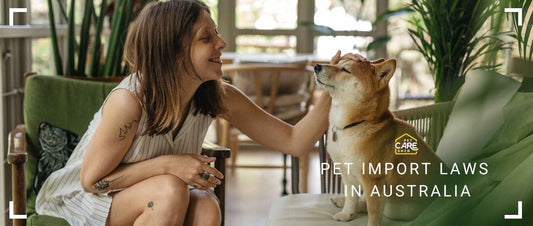
Pet Import and Quarantine Laws: Bringing Animal...
Australia’s reputation as a “biosecurity island” is not just a matter of national pride—it is a necessity. The continent’s long geographical isolation has resulted in an environment with unique wildlife,...
Pet Import and Quarantine Laws: Bringing Animal...
Australia’s reputation as a “biosecurity island” is not just a matter of national pride—it is a necessity. The continent’s long geographical isolation has resulted in an environment with unique wildlife, free from many pests and diseases found elsewhere in the world. For this reason, importing pets into Australia is far more complex and tightly regulated than in most other countries.
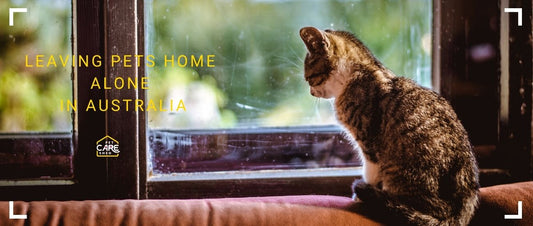
Leaving Pets Home Alone: What Australian Law Sa...
For millions of Australians, pets are cherished family members. Yet the reality of busy modern life—work, travel, emergencies—often means our pets spend time alone at home. This raises an important...
Leaving Pets Home Alone: What Australian Law Sa...
For millions of Australians, pets are cherished family members. Yet the reality of busy modern life—work, travel, emergencies—often means our pets spend time alone at home. This raises an important legal and ethical question: How long is too long? At what point does leaving a pet unattended cross the line into neglect under Australian law?

Vaccination Requirements for Pets in Australia:...
The importance of vaccinating pets in Australia cannot be overstated. Vaccines are a cornerstone of responsible pet ownership, protecting not only individual animals but also the wider community from dangerous...
Vaccination Requirements for Pets in Australia:...
The importance of vaccinating pets in Australia cannot be overstated. Vaccines are a cornerstone of responsible pet ownership, protecting not only individual animals but also the wider community from dangerous and sometimes fatal diseases. Yet, there remains significant confusion around exactly what is required by law, what is strongly recommended by veterinary experts, and how these requirements differ across Australia’s states and territories.
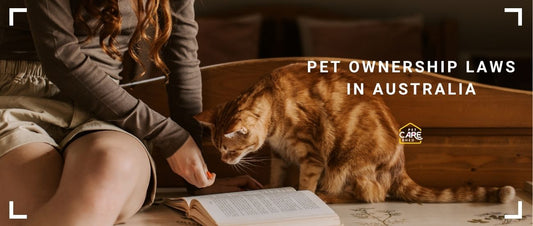
Pet Ownership Laws in Australia: What Every New...
Pet ownership is a cherished part of life for millions of Australians. Whether welcoming a playful puppy, a curious kitten, or any companion animal into your home, the rewards are...
Pet Ownership Laws in Australia: What Every New...
Pet ownership is a cherished part of life for millions of Australians. Whether welcoming a playful puppy, a curious kitten, or any companion animal into your home, the rewards are immense—but so are the responsibilities. Australia’s legal framework for pet ownership is among the most comprehensive in the world, shaped by a commitment to animal welfare, public safety, and responsible community living.
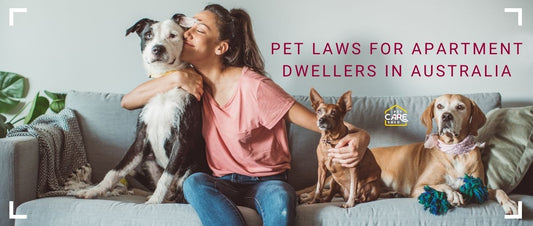
Pet Ownership Laws for Strata and Apartment Dwe...
With Australia’s growing urbanisation and the rise of high-density living, more Australians are calling apartments and strata-titled properties home than ever before. For pet lovers, this shift raises important questions:...
Pet Ownership Laws for Strata and Apartment Dwe...
With Australia’s growing urbanisation and the rise of high-density living, more Australians are calling apartments and strata-titled properties home than ever before. For pet lovers, this shift raises important questions: Can I have a pet in my apartment? What are my rights if the building rules seem unfair? How do I balance my responsibilities as a pet owner with respect for neighbours and common property?
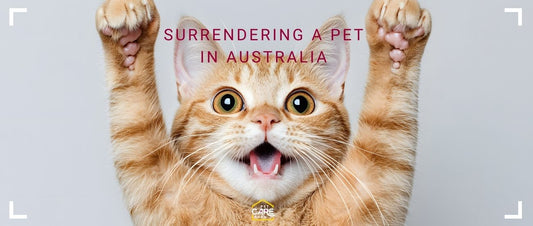
How to Legally Surrender a Pet in Australia: St...
Surrendering a pet is a deeply personal and often distressing decision for any Australian pet owner. Life circumstances can change suddenly—unforeseen housing issues, financial hardship, medical emergencies, or behavioural challenges...
How to Legally Surrender a Pet in Australia: St...
Surrendering a pet is a deeply personal and often distressing decision for any Australian pet owner. Life circumstances can change suddenly—unforeseen housing issues, financial hardship, medical emergencies, or behavioural challenges may make it impossible for some individuals or families to continue caring for their animals. In such moments, it is crucial to understand that surrendering a pet is not simply a private matter; it is a regulated process under Australian law, designed to protect both animals and the community.

Cat Roaming Laws in Australia: Is It Legal to L...
The question of whether it is legal to let your cat roam freely outdoors is one of the most debated topics among Australian pet owners. With Australia’s unique wildlife, dense...
Cat Roaming Laws in Australia: Is It Legal to L...
The question of whether it is legal to let your cat roam freely outdoors is one of the most debated topics among Australian pet owners. With Australia’s unique wildlife, dense urbanisation, and evolving animal welfare standards, the practice of allowing cats to wander unsupervised is rapidly changing—and, in many cases, facing increasing legal restriction.

Stray Pet Laws in Australia: Legal Steps to Tak...
Stray pets are an unfortunate reality across Australia, impacting not only the animals themselves but also communities, local ecosystems, and the broader animal welfare network. Whether you find a lost...
Stray Pet Laws in Australia: Legal Steps to Tak...
Stray pets are an unfortunate reality across Australia, impacting not only the animals themselves but also communities, local ecosystems, and the broader animal welfare network. Whether you find a lost dog wandering the suburbs of Melbourne, or a frightened cat near your Sydney home, knowing what to do—and more importantly, what the law requires—is crucial. Each year, thousands of dogs and cats become separated from their families, often relying on the compassion of everyday Australians for a safe return.

Pet Identification – Are Collars and Tags Requi...
Australia is a nation of pet lovers, with nearly 29 million pets residing in households across the country—one of the highest pet ownership rates in the world. With such a...
Pet Identification – Are Collars and Tags Requi...
Australia is a nation of pet lovers, with nearly 29 million pets residing in households across the country—one of the highest pet ownership rates in the world. With such a strong bond between people and their animals, the issue of pet identification takes on significant importance, not only for individual families but for entire communities.

Pet Travel Regulations: Moving Interstate or Ov...
Australia’s love affair with pets is undeniable. With more than 29 million pets across the nation—outnumbering people in some regions—Australians have among the highest rates of pet ownership in the...
Pet Travel Regulations: Moving Interstate or Ov...
Australia’s love affair with pets is undeniable. With more than 29 million pets across the nation—outnumbering people in some regions—Australians have among the highest rates of pet ownership in the world. This deep bond has given rise to a mobile, pet-loving society: families move between states for work or lifestyle, retirees embark on caravanning adventures with their furry companions, and professionals relocate internationally with their beloved animals in tow.

Fines and Penalties for Pet Owners in Australia...
Pet ownership in Australia is both a privilege and a responsibility. With more than 29 million pets across the country—surpassing the human population—Australia has one of the highest rates of...
Fines and Penalties for Pet Owners in Australia...
Pet ownership in Australia is both a privilege and a responsibility. With more than 29 million pets across the country—surpassing the human population—Australia has one of the highest rates of pet ownership in the world. This deep connection between people and their pets brings joy, companionship, and improved wellbeing, but it also comes with important legal obligations.
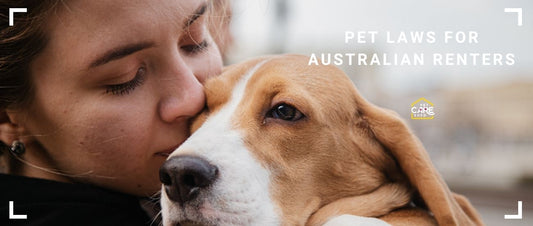
Pet Laws for Renters – Understanding Your Right...
Renting a property in Australia as a pet owner can be a complex journey—one shaped by rapidly changing laws, varying landlord attitudes, and the diverse regulations of each state and...
Pet Laws for Renters – Understanding Your Right...
Renting a property in Australia as a pet owner can be a complex journey—one shaped by rapidly changing laws, varying landlord attitudes, and the diverse regulations of each state and territory. With an estimated 69% of Australian households owning a pet (Animal Medicines Australia, 2022), the demand for pet-friendly rentals has never been higher. Yet, for many tenants, navigating the legal landscape of pet ownership in a rental property remains both confusing and stressful.

Australian Cat Curfew Laws: State and Council R...
Australia’s unique wildlife and suburban lifestyle have led to the emergence of some of the world’s most distinctive pet ownership regulations, including the introduction and enforcement of cat curfew laws....
Australian Cat Curfew Laws: State and Council R...
Australia’s unique wildlife and suburban lifestyle have led to the emergence of some of the world’s most distinctive pet ownership regulations, including the introduction and enforcement of cat curfew laws. Across the country, councils and state governments are responding to growing evidence of the environmental impact of free-roaming cats, public health concerns, and increasing community expectations around responsible pet care.

Do You Have to Microchip Your Cat in Australia?...
In recent years, pet microchipping laws have become a central focus of responsible cat ownership in Australia. As more households welcome feline companions, the legal landscape governing their identification and...
Do You Have to Microchip Your Cat in Australia?...
In recent years, pet microchipping laws have become a central focus of responsible cat ownership in Australia. As more households welcome feline companions, the legal landscape governing their identification and welfare has evolved rapidly. Understanding these requirements is not only crucial for compliance but also for safeguarding your cat’s wellbeing. While microchipping is now a standard practice in most Australian states and territories, there remains significant confusion about who must comply, when microchipping is required, and the consequences of failing to meet legal obligations. The penalties for non-compliance can be severe, including substantial fines and even difficulties in registering your pet or transferring ownership.
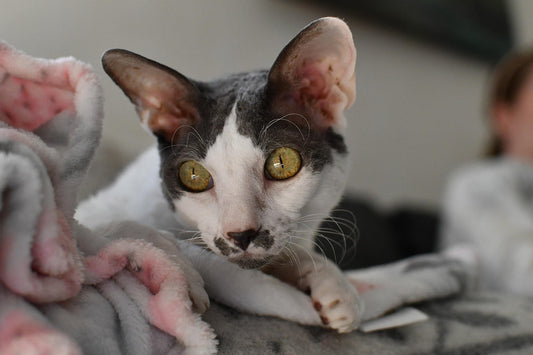
Cornish Rex Cats: Curly-Coated Companions Full ...
Imagine a cat with a coat as soft as silk, an athletic build reminiscent of a greyhound, and a personality that seems to blend the curiosity of a kitten with...
Cornish Rex Cats: Curly-Coated Companions Full ...
Imagine a cat with a coat as soft as silk, an athletic build reminiscent of a greyhound, and a personality that seems to blend the curiosity of a kitten with the devotion of a loyal companion. Meet the Cornish Rex—a breed unlike any other, instantly recognisable for its curly fur and its boundless, almost mischievous energy.
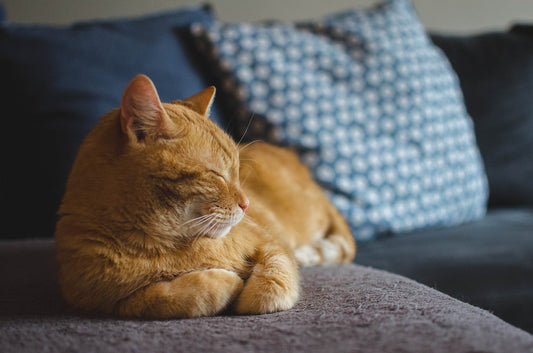
Javanese Cats: Intelligent, Vocal, and Deeply D...
The world of cat breeds is wonderfully diverse, but few cats can match the unique blend of intelligence, vocal charm, and heartfelt devotion found in the Javanese. Known for their...
Javanese Cats: Intelligent, Vocal, and Deeply D...
The world of cat breeds is wonderfully diverse, but few cats can match the unique blend of intelligence, vocal charm, and heartfelt devotion found in the Javanese. Known for their elegant appearance, athletic grace, and keen social instincts, Javanese cats have quietly carved a special place in the hearts of cat lovers—especially those seeking a companion who is as emotionally involved as they are beautiful.
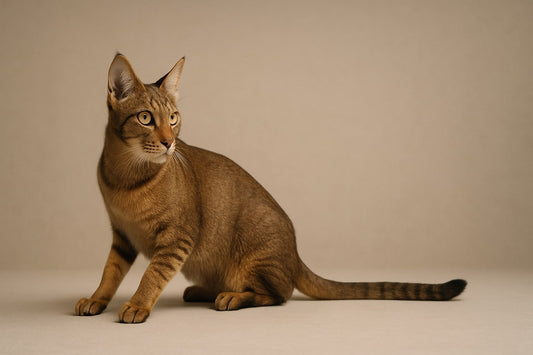
Chausie Cats: The Jungle Cat Hybrid for Adventu...
The Chausie cat stands apart from typical domestic cats thanks to its exotic ancestry and captivating presence. Originally bred from the jungle cat (Felis chaus)—a wild feline native to Asia...
Chausie Cats: The Jungle Cat Hybrid for Adventu...
The Chausie cat stands apart from typical domestic cats thanks to its exotic ancestry and captivating presence. Originally bred from the jungle cat (Felis chaus)—a wild feline native to Asia and the Middle East—and select domestic breeds, the Chausie’s heritage infuses it with a wild look and boundless energy. In recent decades, these cats have been purposefully bred for companionship, offering an extraordinary blend of wild spirit and affectionate loyalty.
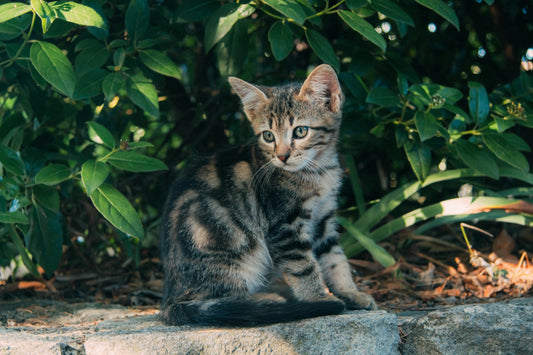
Savannah Cats: Exotic Elegance with a Wild Streak
Savannah cats have captured the imaginations of pet enthusiasts across the globe, and Australia is no exception. With their tall, lean bodies, striking spots, and large ears, Savannah cats look...
Savannah Cats: Exotic Elegance with a Wild Streak
Savannah cats have captured the imaginations of pet enthusiasts across the globe, and Australia is no exception. With their tall, lean bodies, striking spots, and large ears, Savannah cats look like miniature wildcats yet offer the affection and companionship of a domestic pet. For many Australians, these cats represent the perfect blend of exotic elegance and approachable intelligence—making them one of the most sought-after hybrid breeds in the world.
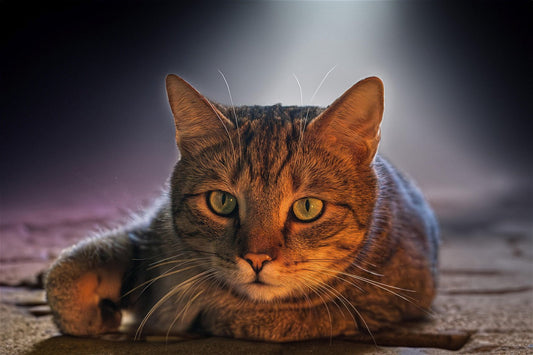
Somali Cats – The Fox-Tailed, Spirited Explorers
The Somali cat is a breed that instantly captures attention—a feline with a luxuriously bushy “fox tail”, athletic physique, and a presence that’s both elegant and mischievous. In Australia, Somali...
Somali Cats – The Fox-Tailed, Spirited Explorers
The Somali cat is a breed that instantly captures attention—a feline with a luxuriously bushy “fox tail”, athletic physique, and a presence that’s both elegant and mischievous. In Australia, Somali cats have steadily gained popularity, not just for their good looks, but for their reputation as spirited explorers and affectionate companions.
